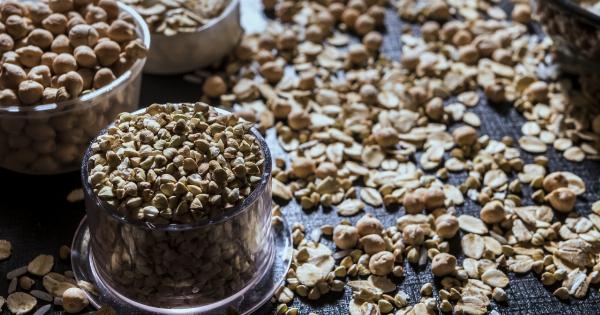Type 2 diabetes is a chronic condition that affects millions of people worldwide. It is characterized by elevated blood sugar levels and insulin resistance.
While medication and lifestyle changes are crucial in managing this condition, diet plays a pivotal role in controlling blood glucose levels. One powerful tool in diabetes management is the consumption of whole grains. Whole grains are nutrient-rich, fiber-packed foods that offer a plethora of health benefits for individuals with type 2 diabetes.
This article will discuss the vital role of whole grains in type 2 diabetes management and why they should be an integral part of a diabetic diet.
Understanding Whole Grains
Whole grains are grains that include the entire grain kernel – the bran, germ, and endosperm. This means that all the essential nutrients, including fiber, vitamins, and minerals, are preserved.
Examples of whole grains include whole wheat, brown rice, oats, barley, rye, and quinoa. In contrast, refined grains undergo processing, which removes the bran and germ, leaving only the endosperm, resulting in a loss of nutrients.
The Benefits of Whole Grains for Type 2 Diabetes Management
1. Blood Sugar Control: Whole grains have a lower glycemic index compared to refined grains. This means that they cause a slower and more gradual rise in blood sugar levels.
The fiber content in whole grains also helps slow down the digestion and absorption of carbohydrates, resulting in improved blood sugar control.
2. Improved Insulin Sensitivity: Insulin resistance, a hallmark of type 2 diabetes, occurs when cells become less responsive to insulin’s effects.
The consumption of whole grains has been associated with increased insulin sensitivity, allowing cells to better respond to insulin and facilitating the uptake of glucose from the bloodstream.
3. Weight Management: Obesity is a significant risk factor for type 2 diabetes. Whole grains are rich in dietary fiber, which provides satiety and helps control appetite.
By incorporating whole grains into the diet, individuals with type 2 diabetes can manage their weight more effectively.
4. Heart Health: Diabetes increases the risk of heart disease. Whole grains, particularly those rich in soluble fiber such as oats and barley, help reduce cholesterol levels and lower the risk of heart-related complications.
5. Nutrient Density: Whole grains are packed with essential vitamins and minerals, including B vitamins, iron, magnesium, and selenium. These nutrients play crucial roles in overall health and help support proper bodily functions.
Incorporating Whole Grains into a Diabetic Diet
Now that we understand the benefits of whole grains in managing type 2 diabetes, it’s essential to know how to incorporate them into a balanced diabetic diet.
1. Choose Whole Grain Varieties: Opt for whole wheat bread, brown rice, whole grain pasta, and oatmeal. Read food labels carefully, as some products may be labeled “multigrain” or “wheat” without being whole grain.
2. Go for High-Fiber Options: Look for whole grains with high fiber content. These include oats, barley, and quinoa. Aim for at least 25 to 30 grams of fiber per day, slowly increasing your intake to avoid digestive discomfort.
3. Experiment with Different Whole Grains: Don’t limit yourself to just one type of whole grain. Explore a variety of options such as quinoa, buckwheat, and amaranth to diversify your nutrient intake.
4. Replace Refined Grains: Swap out refined grain products like white bread and white rice with whole grain alternatives. This simple substitution can significantly impact your blood sugar control and overall health.
5. Be Mindful of Portions: While whole grains offer numerous health benefits, portion control is crucial. Too much of any food can lead to an increase in blood sugar levels.
Work with a registered dietitian or diabetes educator to determine the appropriate portion sizes for your individual needs.
Conclusion
When it comes to managing type 2 diabetes, incorporating whole grains into your diet can make a significant difference.
With their low glycemic index, high fiber content, and array of beneficial nutrients, whole grains offer a multitude of benefits for individuals with diabetes. By choosing whole grain varieties and making simple dietary swaps, you can better control blood sugar levels, improve insulin sensitivity, manage weight, and reduce the risk of complications associated with diabetes.
Make whole grains an essential part of your diabetic meal plan and reap their wholesome advantages.






























